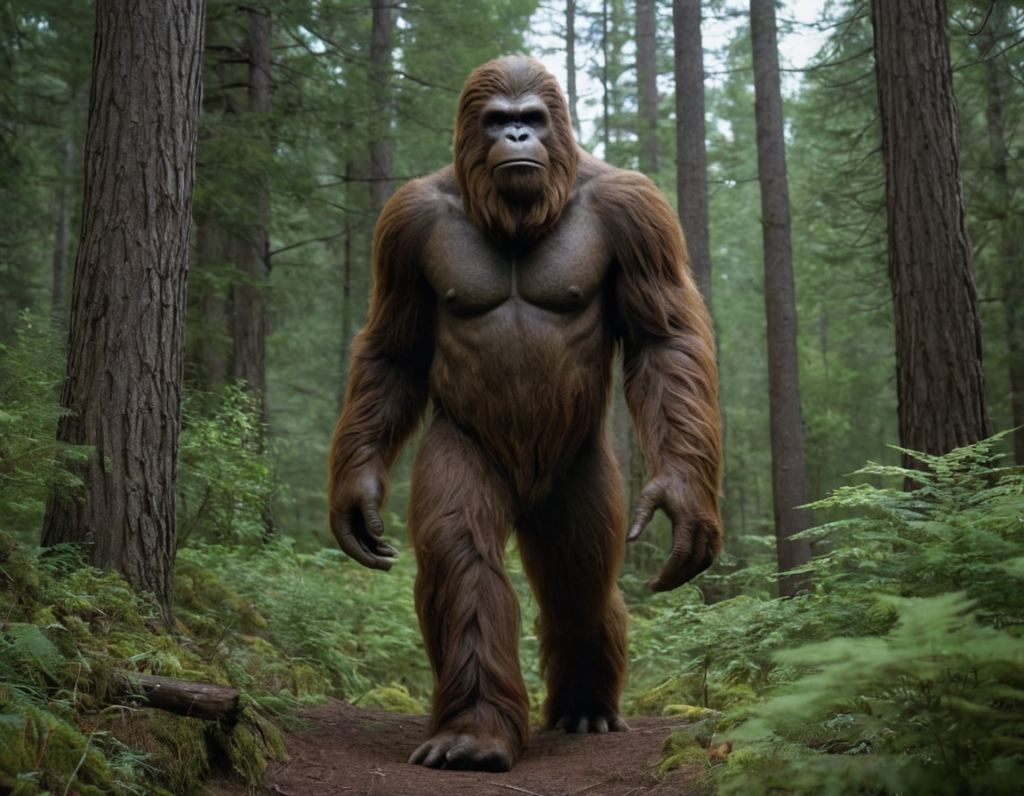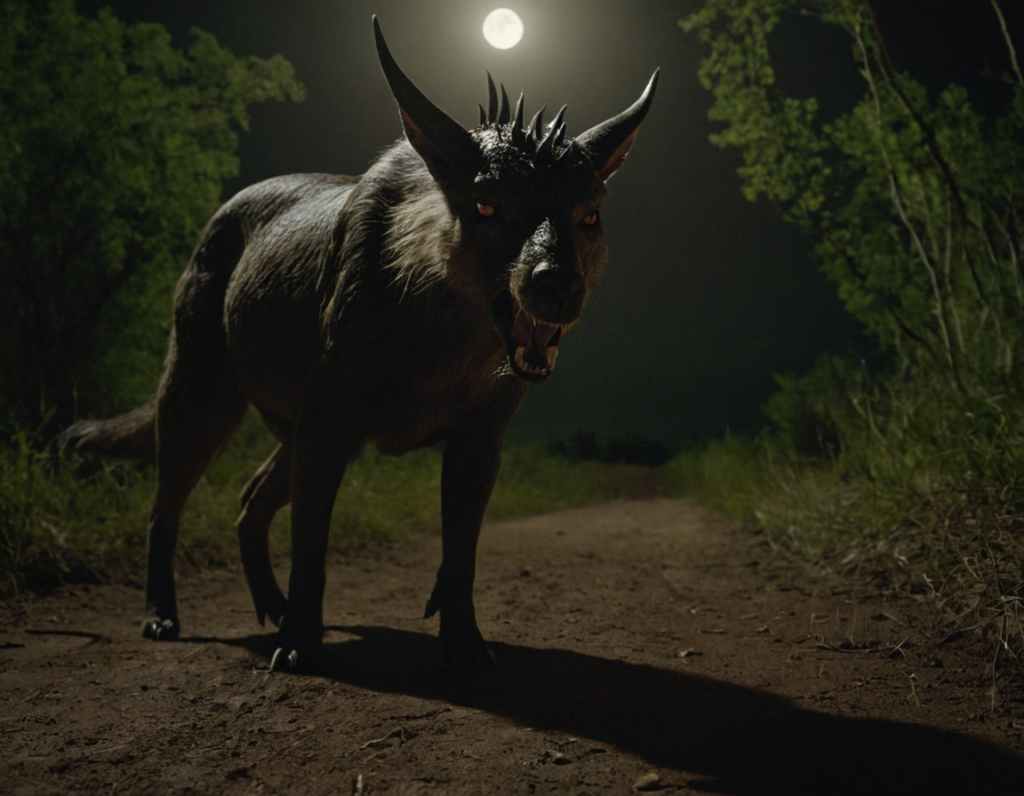Around the world, there are many stories about strange creatures that science has never fully explained. These creatures, known as cryptids, are said to be real by those who have seen them, but no solid proof of their existence has been found. Some cryptids are so famous that they’ve become a part of modern culture, like Bigfoot and the Loch Ness Monster. But could these creatures actually be real? Or are they just myths passed down over time?
In this blog, we’ll explore some of the most famous cryptids, the stories behind them, and the evidence that has kept people wondering if these creatures might truly exist.
Table of Contents
Famous Real-Life Cryptids: Mythical Beasts from Around the World

Real-life cryptids capture our imagination with their fascinating stories. Among the most notable is Bigfoot, also known as Sasquatch. This giant, hairy, ape-like creature is said to roam the forests of North America. Described as being over seven feet tall and covered in thick hair, many people claim to have seen Bigfoot in the wild.
- Sightings: Thousands of Bigfoot sightings have been reported, with witnesses describing large, hairy creatures moving quickly through the trees. Many people also report strange noises, like howling or knocking on trees, that they believe are communication signals from Bigfoot.
- Evidence: The Patterson-Gimlin film, shot in 1967, is the most famous piece of evidence showing a large, hairy creature walking in the woods. While skeptics argue it could be a person in a costume, believers insist it’s real. Large footprints and hair samples have been found, but no one has captured a living Bigfoot, leaving the existence of this real-life cryptid still up for debate.
The Loch Ness Monster: Scotland’s Legendary Sea Creature

The Loch Ness Monster, or Nessie, is another famous real-life cryptid said to inhabit Loch Ness, a deep lake in Scotland. Nessie is often described as a long-necked creature with a humped back. The first modern sightings of Nessie were reported in the 1930s, and since then, the legend has grown.
- Sightings: Many people claim to have seen large, dark shapes moving in the water. Some even report seeing Nessie’s head or neck rise above the surface.
- Evidence: The most famous evidence is the Surgeon’s Photograph from 1934, which shows a creature’s long neck. However, it was later revealed to be a hoax. Despite this, sonar readings have indicated large objects beneath the surface, keeping the mystery alive.
Chupacabra: The Mysterious Creature That Drinks Blood

The Chupacabra is a cryptid from Latin American folklore. The name means “goat-sucker” in Spanish, as the creature is said to drain the blood of livestock, especially goats. Reports of the Chupacabra started in Puerto Rico in the 1990s and have spread across other regions.
- Sightings: Witnesses describe the Chupacabra as either reptilian with spikes down its back or as a hairless, dog-like creature. Its attacks leave behind livestock with unusual wounds and no blood.
- Evidence: Although some dead animals have been found with strange wounds, they often turn out to be sick domestic animals. Despite the lack of solid proof, stories about the Chupacabra continue to circulate, reinforcing its place as a real-life cryptid.
Mothman: The Winged Terror of West Virginia

The Mothman is a unique cryptid that emerged in West Virginia during the 1960s. Described as a large, winged creature with glowing red eyes, Mothman is often associated with disasters.
- Sightings: Many people reported seeing the Mothman around Point Pleasant before the Silver Bridge collapse in 1967, where 46 people lost their lives. Some believe the Mothman appears to warn people of impending danger.
- Evidence: Despite numerous sightings, there’s little concrete evidence of the Mothman. Skeptics suggest that what people saw might have been large birds misidentified at night, but the stories continue to fuel interest in this real-life cryptid.
Yeti: The Abominable Snowman of the Himalayas

The Yeti, also called the Abominable Snowman, is said to dwell in the Himalayas. It’s often described as a large, ape-like creature, similar to Bigfoot but typically portrayed with white or gray fur.
- Sightings: Many mountaineers and local people have reported seeing large, human-like footprints in the snow, which they believe are from the Yeti.
- Evidence: In 1951, Eric Shipton photographed large footprints in the snow during an expedition to Mount Everest. While no Yeti has been captured, the footprints have sparked curiosity and debate.
Are Real-Life Cryptids Actually Real?
So, are these creatures real? It’s hard to say for sure. There are a few possibilities when it comes to explaining cryptids like Bigfoot, Nessie, and the Chupacabra:
- Undiscovered Species: Some believe that cryptids might be unknown animals that haven’t been discovered by science. New species are still being found, and it’s possible that some cryptids might exist in remote areas.
- Mistaken Identity: It’s also possible that many sightings are cases of mistaken identity. For example, a large bear or an unusual bird might be misidentified as a cryptid, especially in low light.
- Folklore and Hoaxes: Many cryptid stories may come from folklore or hoaxes. In some cases, people create fake photos or footprints to trick others, which can muddy the waters of truth.
Conclusion: The Enduring Mystery of Real-Life Cryptids
Whether or not real-life cryptids like Bigfoot, Nessie, and the Chupacabra are real, their stories continue to fascinate people around the world. These creatures remind us that there are still mysteries waiting to be explored. Until solid proof is found, cryptids will remain a captivating part of human culture, encouraging curiosity about the unknown and the thrill of adventure.
